This month sees the following articles in Food & Function that are in the top ten most accessed:-
Naturally occurring inhibitors against the formation of advanced glycation end-products
Xiaofang Peng, Jinyu Ma, Feng Chen and Mingfu Wang
Food Funct., 2011, 2, 289-301, DOI: 10.1039/C1FO10034C
Transcription profiles of LPS-stimulated THP-1 monocytes and macrophages: a tool to study inflammation modulating effects of food-derived compounds
Wasaporn Chanput, Jurriaan Mes, Robert A. M. Vreeburg, Huub F. J. Savelkoul and Harry J. Wichers
Food Funct., 2010, 1, 254-261, DOI: 10.1039/C0FO00113A
Antioxidant, pro-oxidant and cytotoxic properties of parsley
H. J. Damien Dorman, Tiina A. Lantto, Atso Raasmaja and Raimo Hiltunen
Food Funct., 2011, 2, 328-337, DOI: 10.1039/C1FO10027K
The metabolism and analysis of isoflavones and other dietary polyphenols in foods and biological systems
Stephen Barnes, Jeevan Prasain, Tracy D’Alessandro, Ali Arabshahi, Nigel Botting, Mary Ann Lila, George Jackson, Elsa M. Janle and Connie M. Weaver
Food Funct., 2011, 2, 235-244, DOI: 10.1039/C1FO10025D
Inhibition of advanced glycation endproduct formation by foodstuffs
Chi-Hao Wu, Shang-Ming Huang, Jer-An Lin and Gow-Chin Yen
Food Funct. , 2011, 2, 224-234, DOI: 10.1039/C1FO10026B
Anti-inflammatory activity of natural dietary flavonoids
Min-Hsiung Pan, Ching-Shu Lai and Chi-Tang Ho
Food Funct. , 2010, 1, 15-31, DOI: 10.1039/C0FO00103A, Review
(-)-Epigallocatechin-3-gallate increases the expression of genes related to fat oxidation in the skeletal muscle of high fat-fed mice
Sudathip Sae-tan, Kimberly A. Grove, Mary J. Kennett and Joshua D. Lambert
Food Funct., 2011, 2, 111-116, DOI: 10.1039/C0FO00155D
New insights on the interaction mechanism between tau protein and oleocanthal, an extra-virgin olive-oil bioactive component
Maria Chiara Monti, Luigi Margarucci, Alessandra Tosco, Raffaele Riccio and Agostino Casapullo
Food Funct. , 2011, 2, 423-428, DOI: 10.1039/C1FO10064E
Molecular property–affinity relationship of the interaction between dietary polyphenols and bovine milk proteins
Chunjiao Xu and Xiaoqing Chen
Food Funct., 2011, 2, 368-372, DOI: 10.1039/C1FO10074B
Garcinol inhibits cell growth in hepatocellular carcinoma Hep3B cells through induction of ROS-dependent apoptosis
An-Chin Cheng, Mei-Ling Tsai, Chi-Mei Liu, Ming-Fen Lee, Kalyanam Nagabhushanam, Chi-Tang Ho and Min-Hsiung Pan
Food Funct., 2010, 1, 301-307, DOI: 10.1039/C0FO00134A
Why not take a look at the articles today and blog your thoughts and comments below.
Fancy submitting an article to Food & Function? Then why not submit to us today or alternatively email us your suggestions.











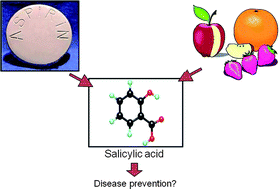
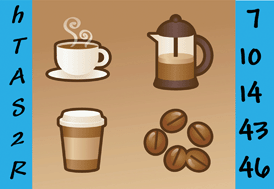

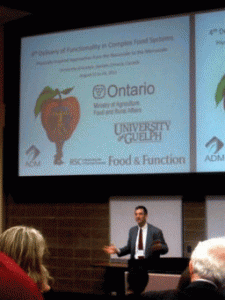
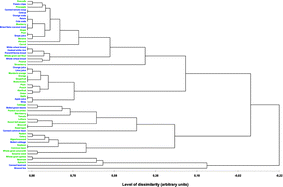
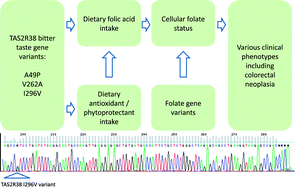
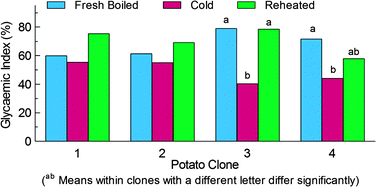
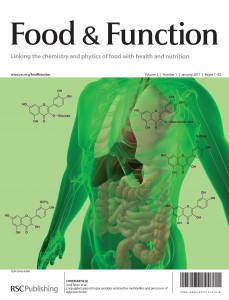
 Food & Function Issue 7 is
Food & Function Issue 7 is